The quadriceps muscle is one of the most prominent and powerful muscles in the human body, playing a key role in a variety of physical activities, including walking, running, and jumping. A detailed understanding of the insertion of quadriceps is crucial for athletes, physiotherapists, and individuals involved in strength training. In this article, we will dive deep into the quadriceps femoris insertion, its importance, and how it functions within the musculoskeletal system.
What is the Quadriceps Femoris Muscle?
The quadriceps femoris is a large muscle group located at the front of the thigh. It consists of four distinct muscles:
- Rectus Femoris
- Vastus Lateralis
- Vastus Medialis
- Vastus Intermedius
Together, these muscles are responsible for extending the knee and aiding in various movements such as squatting and running. The quadriceps tendon origin and insertion is a crucial anatomical feature that allows these muscles to perform their primary function—knee extension.
Quadriceps Tendon: Structure and Function
Before we delve into the quadriceps femoris insertion, let’s first take a closer look at the quadriceps tendon. The quadriceps tendon is a thick band of connective tissue that connects the quadriceps muscles to the patella (kneecap). It plays an integral role in the mechanical function of the quadriceps, transmitting force from the muscles to the knee joint.
The Role of the Quadriceps Tendon
The quadriceps tendon origin and insertion marks the point where the four quadriceps muscles meet the patella. From there, the force generated by the quadriceps is transferred through the tendon, contributing to knee extension and aiding in movements like standing, running, and kicking.
Inserting the Quadriceps: Key Anatomical Points
The insertion of quadriceps is a term used to describe where the quadriceps tendon attaches to the patella. The insertion of quadriceps femoris can be further understood in two parts:
1. Insertion of Quadriceps Femoris at the Patella
The quadriceps femoris insertion is located at the top of the patella. The tendons of the four muscles join to form a single quadriceps tendon that attaches here. From this insertion point, the tendon continues downward, crossing the knee joint, and connects to the tibial tuberosity (a bump on the shin bone). This is commonly referred to as the patellar tendon or patellar ligament.
2. The Quadriceps Tendon and Tibial Tuberosity
The quadriceps tendon then extends to insert at the tibial tuberosity. The contraction of the quadriceps muscles pulls on this tendon, allowing the knee to extend. This mechanism is particularly important during activities that require quick knee movements, such as sprinting and jumping.
Why is the Insertion of Quadriceps Important?
Understanding the quadriceps insertion helps in various aspects of anatomy and injury prevention. The insertion point is where the force from the quadriceps muscles is transmitted to the bones. If the insertion of quadriceps femoris is compromised, either due to injury or overuse, it can result in pain, weakness, or limited mobility.
Common Injuries Involving Quadriceps Insertion
Injuries related to the insertion of quadriceps can lead to conditions like:
- Patellar tendinopathy (Jumper’s knee): Involves pain at the insertion point of the quadriceps tendon on the patella.
- Quadriceps tendon rupture: A serious injury where the quadriceps tendon may tear near its insertion point, often requiring surgical intervention.
Quadriceps Femoris Insertion and Its Impact on Movement
The quadriceps insertion is not just a simple connection between muscle and bone. It is crucial for the effective extension of the knee joint. When the quadriceps muscle contracts, the tendon pulls on the patella, which in turn creates a force that straightens the leg. This is essential for walking, running, and other lower body movements.
Muscle Activation During Knee Extension
During activities like squats or leg presses, the quadriceps muscles are activated to extend the knee. The quadriceps femoris insertion ensures that this force is transmitted effectively through the patella and onto the tibia. Without a proper insertion, this movement would not be as efficient, and the risk of injury would increase.
Anatomical Variations in Quadriceps Insertion
While the insertion of quadriceps femoris typically follows a predictable pattern, there can be some anatomical variations that may affect the overall function of the muscle group. These variations can include differences in the shape, size, or attachment points of the quadriceps tendon, which may influence the strength and efficiency of knee extension.
Genetic Factors and Athletic Performance
Some studies suggest that the insertion of quadriceps muscles can be genetically influenced, and differences in tendon insertion can affect performance in activities that involve running or jumping. These differences may contribute to how efficiently a person can perform activities that require explosive knee extension.
The Role of Quadriceps Tendon Origin and Insertion in Injury Prevention
The quadriceps tendon origin and insertion play a vital role in maintaining proper knee function. Understanding the biomechanics of this tendon can help in designing rehabilitation exercises that target the quadriceps. Strengthening the quadriceps and enhancing the flexibility of the surrounding muscles can prevent injuries related to the tendon.
Rehabilitation and Strengthening Exercises
To protect the quadriceps insertion, a strong and balanced quadriceps muscle group is necessary. Exercises such as:
- Squats
- Lunges
- Leg extensions
These exercises target the quadriceps and improve the tendon’s ability to withstand stress, reducing the likelihood of injuries related to the quadriceps femoris insertion.
Conclusion: The Importance of the Quadriceps Insertion
The insertion of quadriceps is a critical aspect of the knee’s ability to function properly. By understanding the complex mechanics of the quadriceps femoris insertion, individuals can better appreciate the muscle's role in movement and its potential vulnerabilities. Proper care, strengthening, and rehabilitation are essential for maintaining a healthy quadriceps tendon and preventing injuries.
FAQs about Quadriceps Insertion
-
What is the function of the quadriceps tendon insertion?
- The quadriceps tendon insertion attaches the quadriceps muscles to the patella, allowing for effective knee extension and movement.
-
What happens when the quadriceps insertion is injured?
- Injuries to the insertion of quadriceps femoris can lead to pain, weakness, or knee instability, often resulting in conditions like patellar tendinopathy or tendon rupture.
-
Can I strengthen my quadriceps insertion?
- Yes, strengthening the quadriceps muscles and improving flexibility around the knee can help protect the quadriceps femoris insertion and reduce the risk of injury.
-
What is the difference between the quadriceps tendon and the patellar tendon?
- The quadriceps tendon connects the quadriceps muscles to the patella, while the patellar tendon connects the patella to the tibial tuberosity, completing the force transmission mechanism.
-
How does the quadriceps insertion affect athletic performance?
- A well-functioning quadriceps insertion is crucial for explosive movements such as sprinting and jumping. Variations in the tendon attachment may influence athletic performance.
-
What exercises can improve quadriceps tendon strength?
- Exercises like squats, lunges, and leg extensions are great for building strength in the quadriceps and enhancing the stability of the quadriceps tendon origin and insertion.

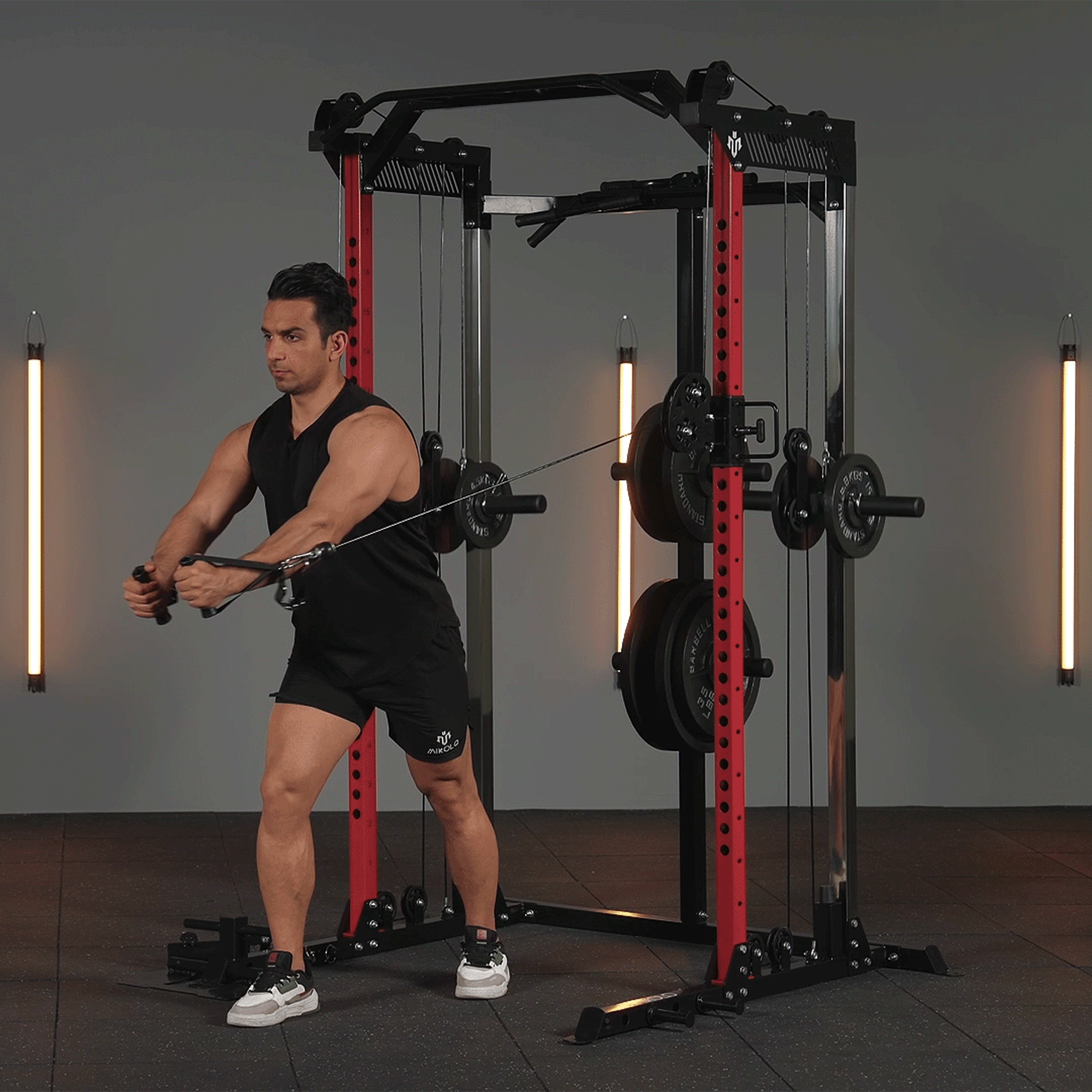









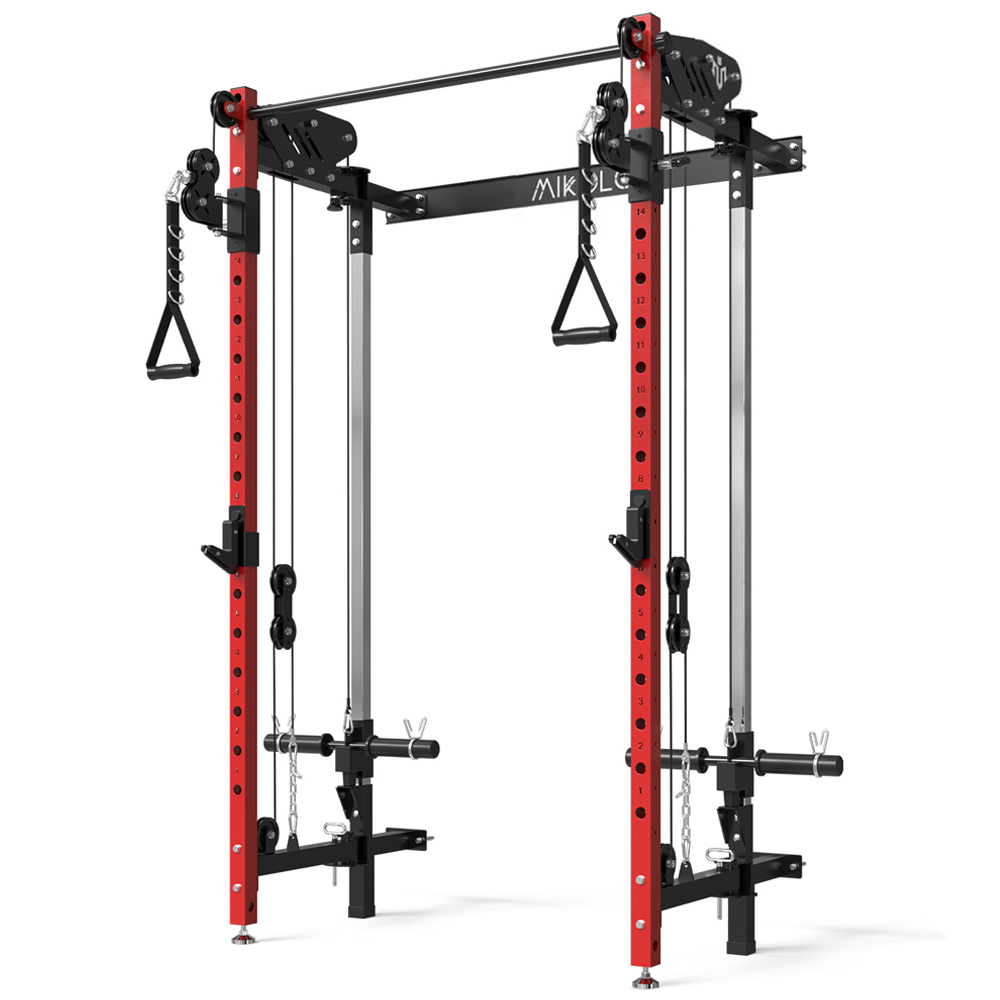
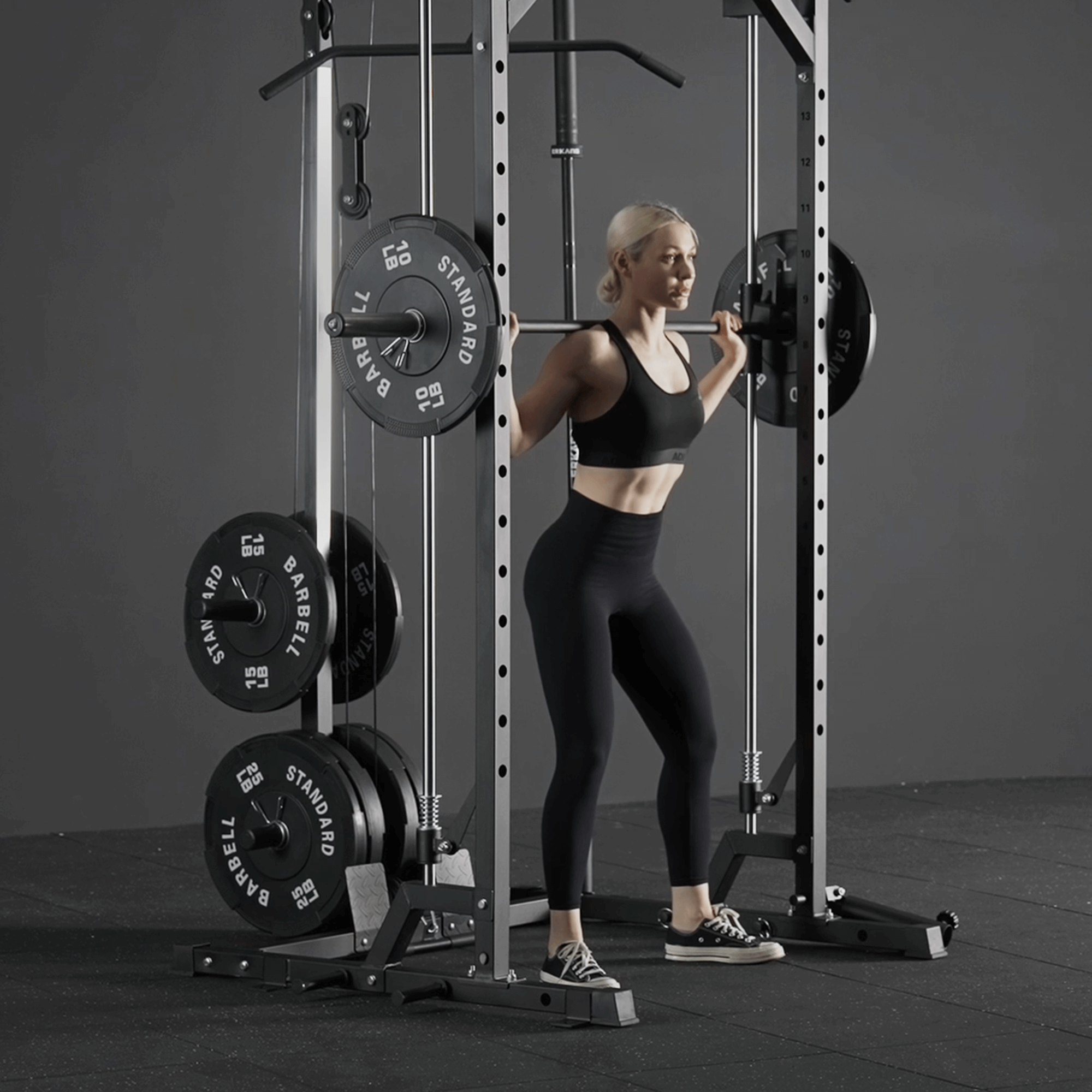





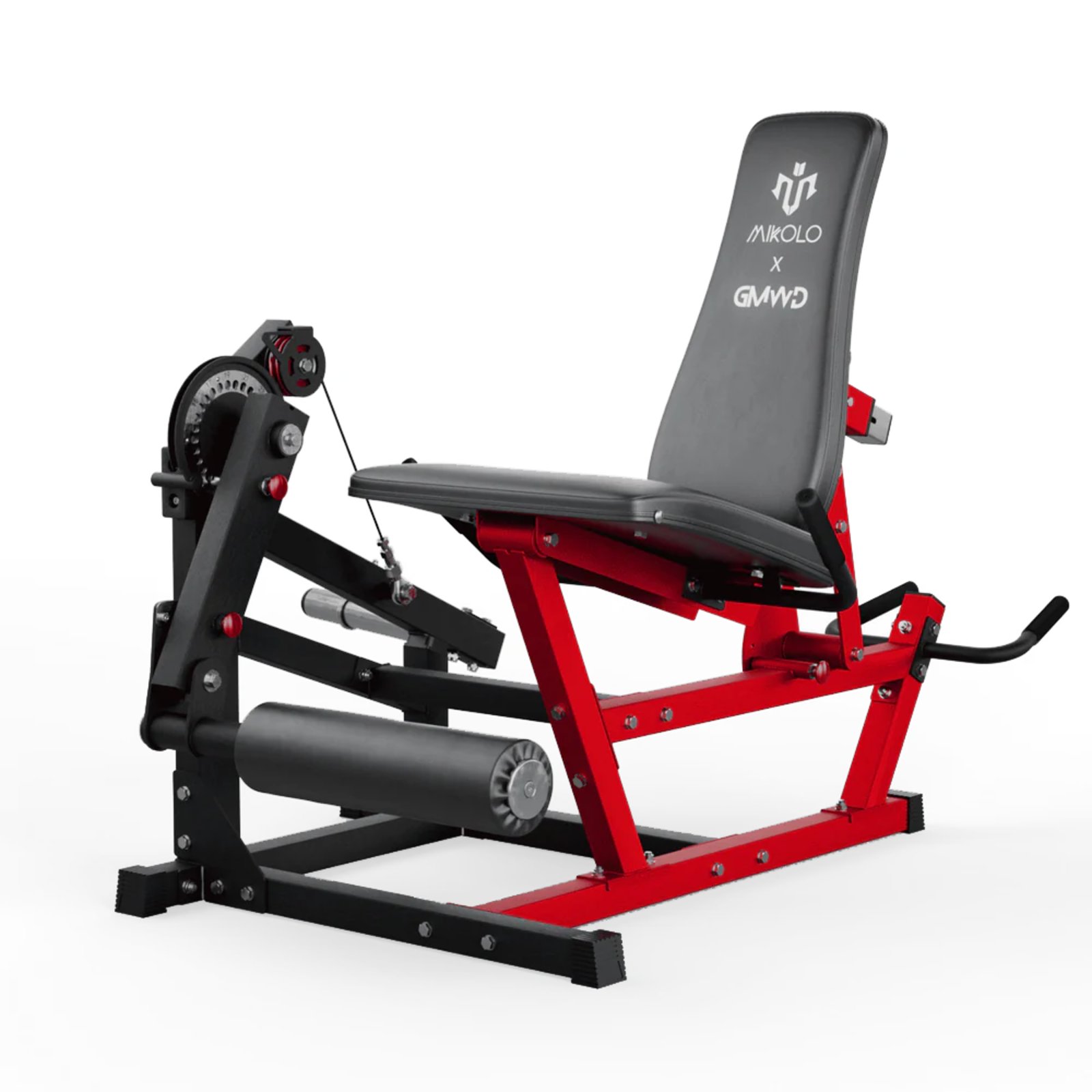
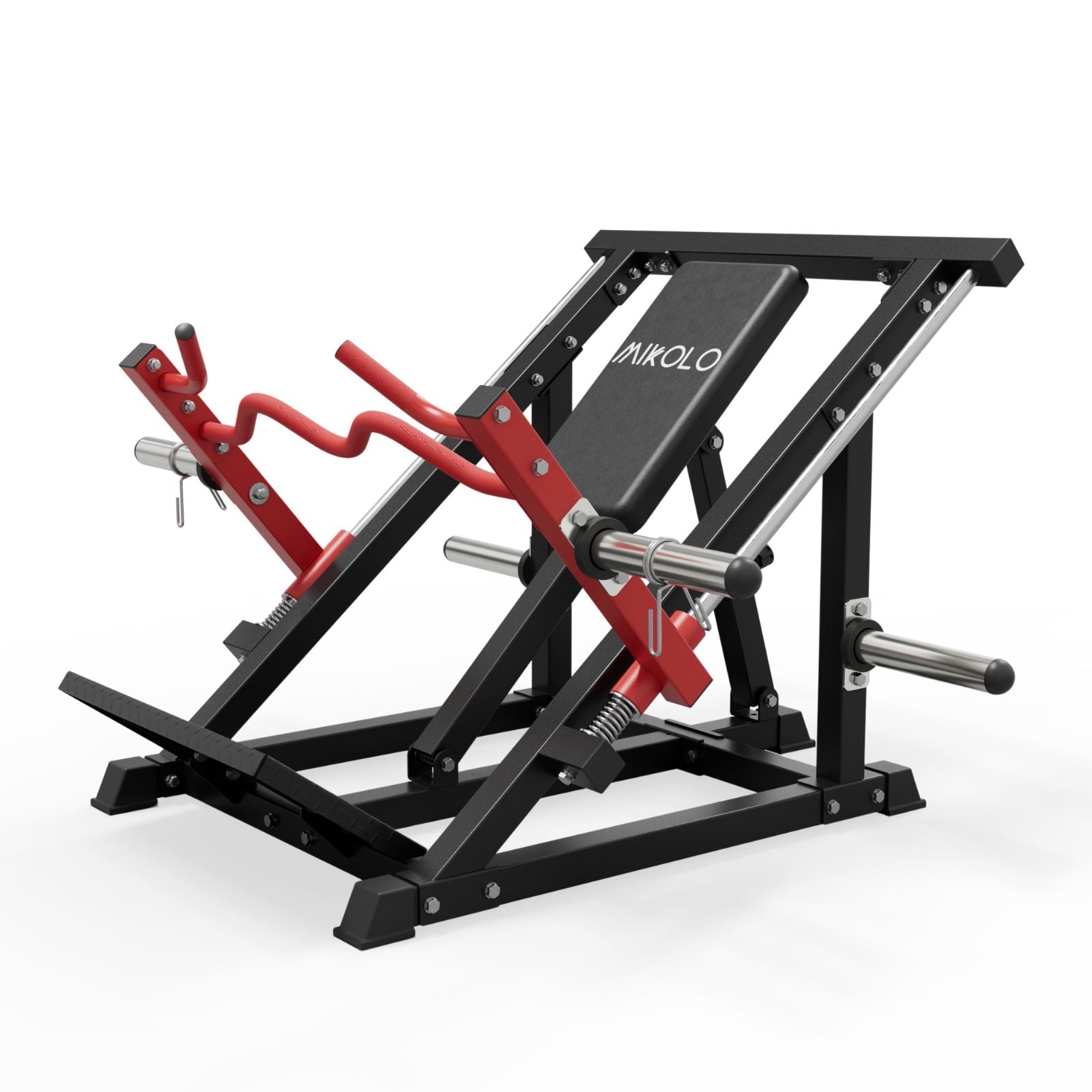

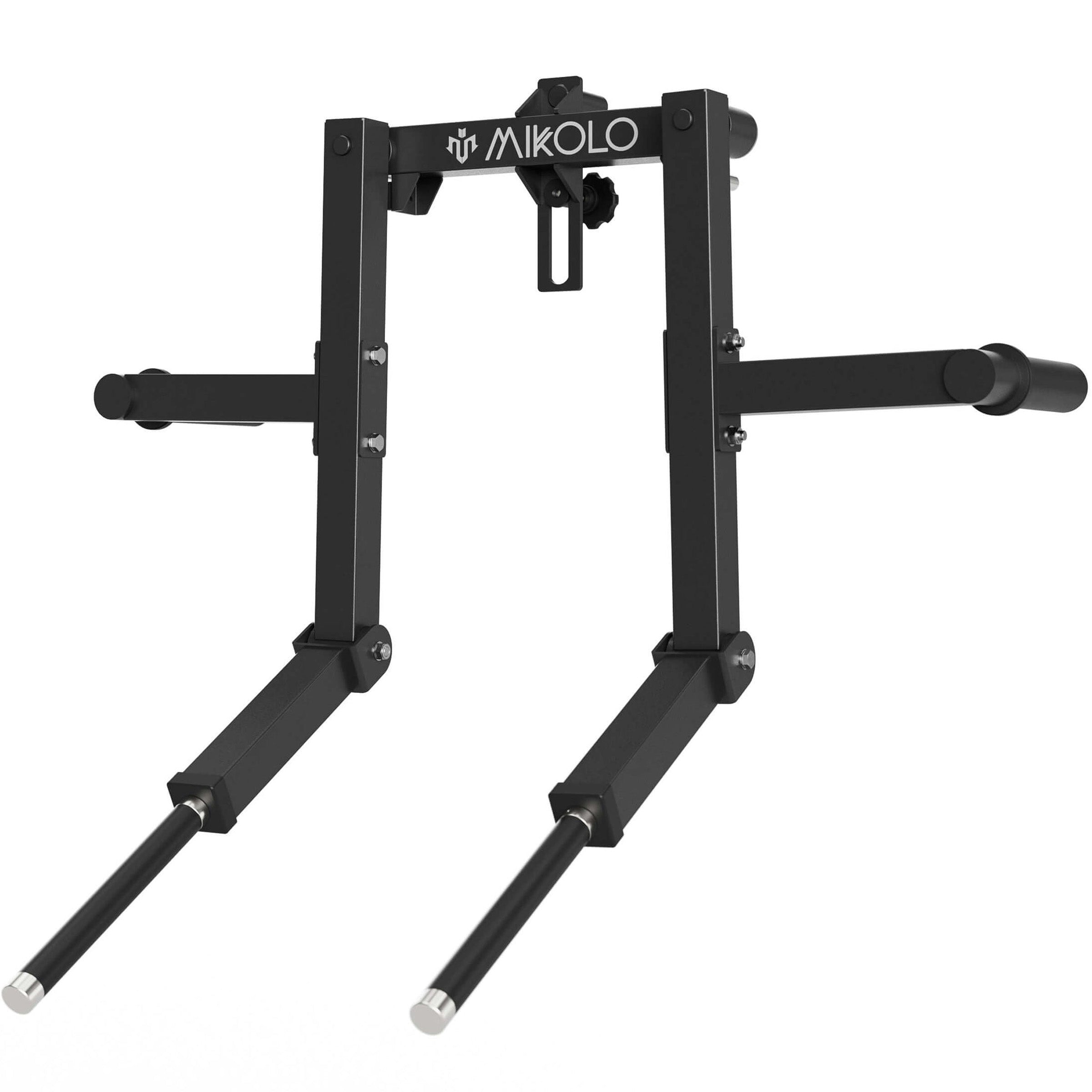
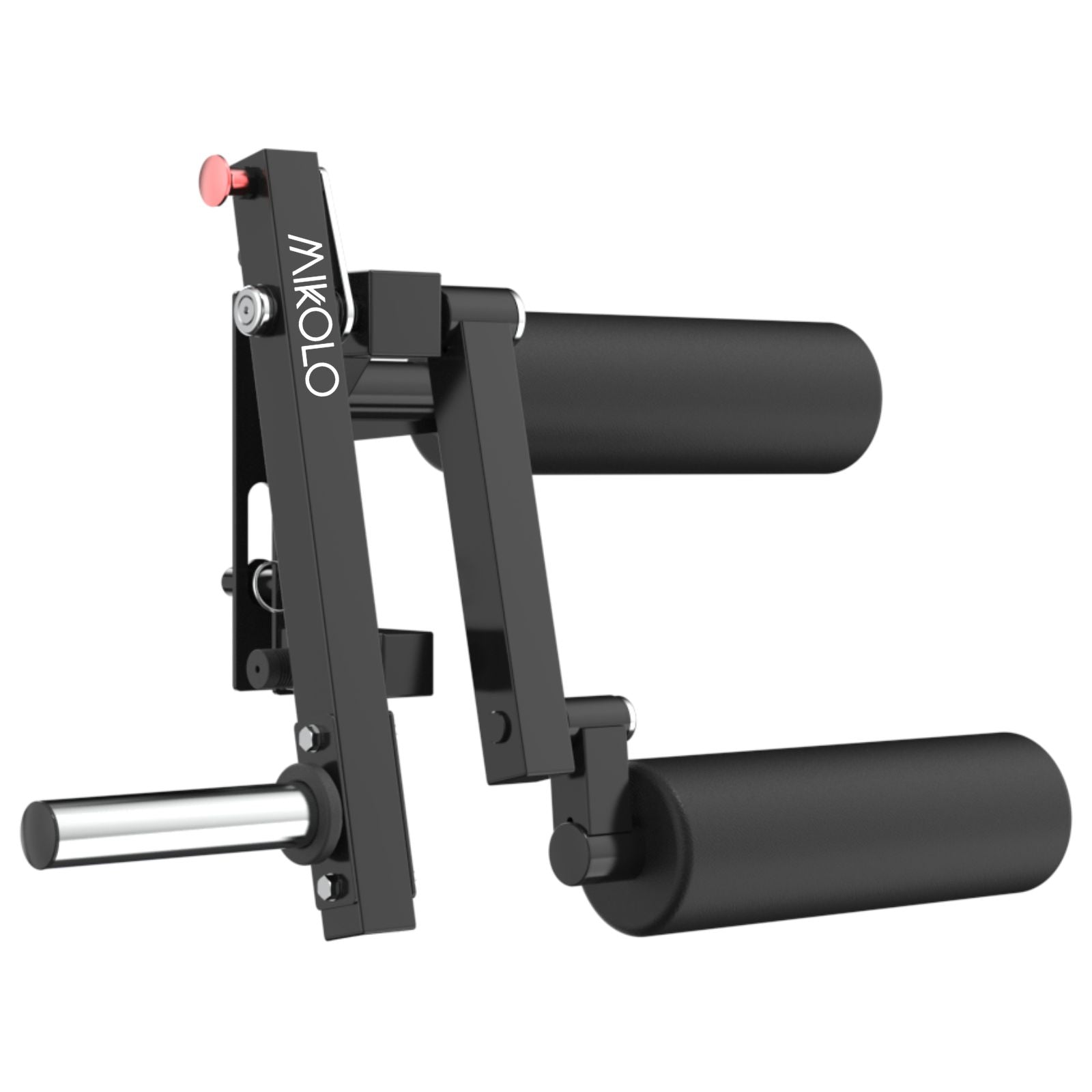



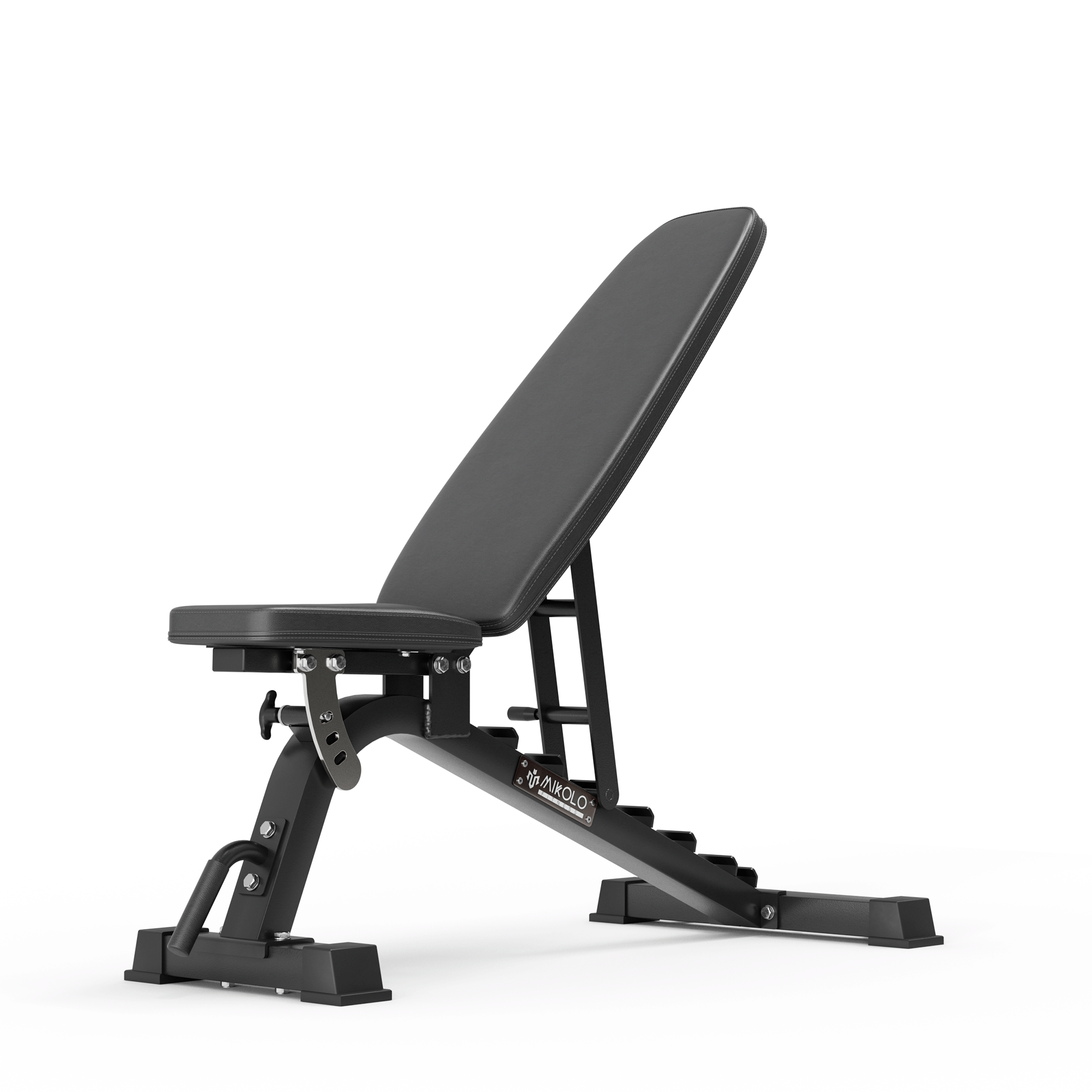











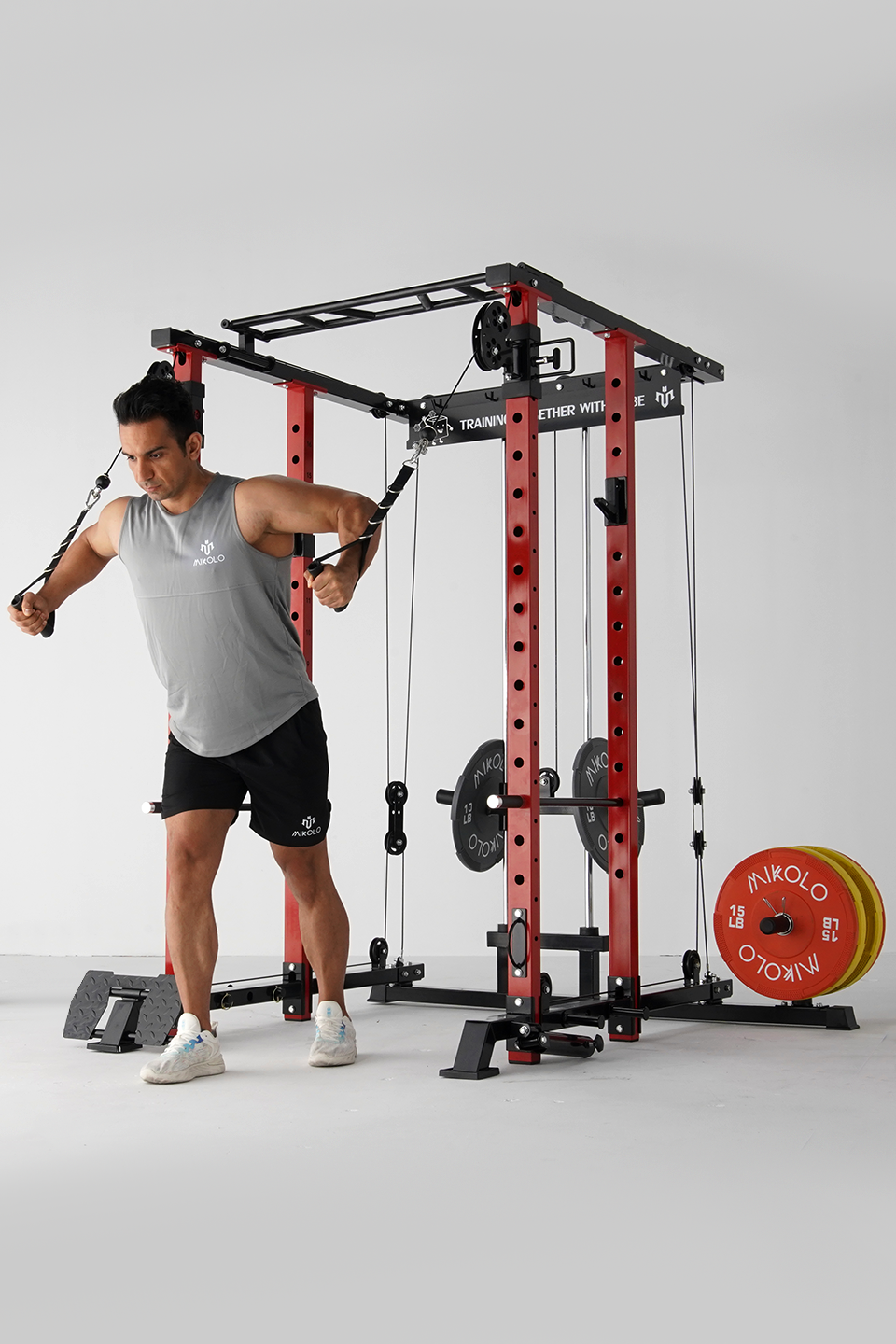



Leave a comment
This site is protected by hCaptcha and the hCaptcha Privacy Policy and Terms of Service apply.